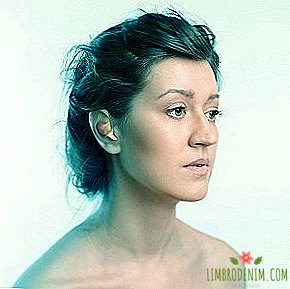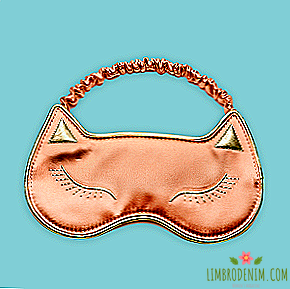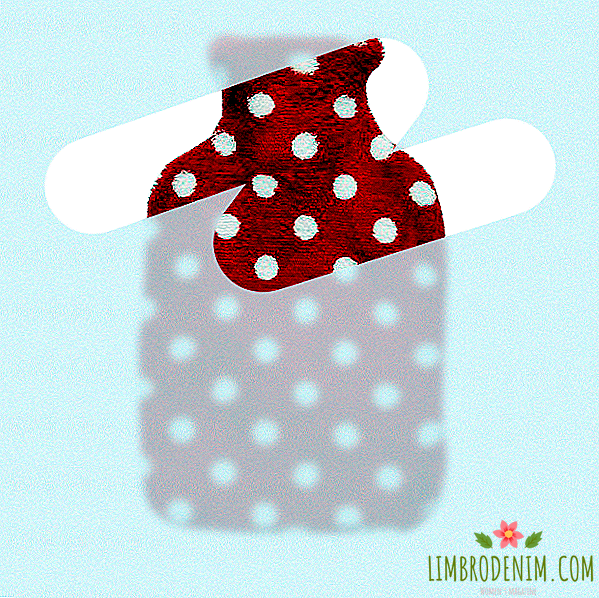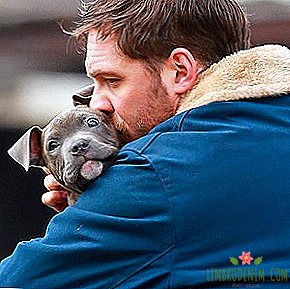"Regal pseudo fashion": Why Megan Markle is not a fashion icon and that's fine
"She's not at all fashionable, she would never become a real icon of style, like Princess Diana, "- about the way Kate Middleton, the Canadian writer Margaret Atwood, the author of the recently filmed novels" The Handmaid's Tale "and" She Grace ", responded about this in her lecture in the London Museum Victoria and Albert two years ago. A wave of popular indignation instantly fell on Atwood, she herself was called a chauvinist, and the opinion of the unfashionableness of Middleton is unfounded.
Arguments in favor of the fact that Kate is a true Fashionist were cited different, but the main thing was the “Kate effect”: this already well-established social and economic term means frenzied excitement and increased consumer demand, which causes any wardrobe item of Prince William’s spouse. Atwood, of course, had to apologize, saying that she did not mean anything like that. Repenting, Atwood even casually mentioned that, in fact, being a fashionable representative of the royal family (as any other person, by the way) is desirable, but not at all necessary. However, the story tells us exactly the opposite, and the ghost of Diana Spencer to this day is busily sorting out hangers with outfits in the closet not only from Kate Middleton, but now also from Megan Markl.

In the autumn of 2010, immediately after the engagement of William and Kate, I, being the editor of the fashion department of Russian Vogue, was assigned to write a detailed feature on why Kate Middleton is an international style icon, and fell into a great despondency and creative stupor, because there was a catastrophic lack of texture for writing material. But I, like thousands of other editors around the world, had to literally come up with convincing arguments proving the opposite.
The problem is that the status of a fashionable icon today goes to the title of the chosen one of the British prince almost by default. It doesn’t matter that in reality the potential queen can be the living antonym of fashion. Take a sober look at Kate's wardrobe or even Megan Markle, whose exit in lightly torn jeans was counted as a grandiose fashionable breakthrough: to the real fashion, the one about which large-scale editorials in magazines, which are sold in the world’s advanced concept stores, are all neat as if the ensembles copied from the office clothes catalog have absolutely nothing to do with.
Mandatory and, I must say, defining for the princess the characteristic "fashion" turned out to be at the time of Lady Diana, when not only the things she wore, but also their brand identity became important. At the same time, Diana found herself in an advanced fashion not overnight or because of her innate abilities, but thanks to the concentrated efforts of Anna Harvey, the deputy head of the then British Vogue, who became Diane's personal fashion-Virgil. It was she who attracted the best stylists and makeup artists to work with the princess, introduced her to the designers and brought up the taste and appetite for extravagant and daring things. For Diana herself, fashion then became not only a hobby, but also compensation - a way to escape from problems in personal life and, of course, a powerful tool for manipulating public attention.
In the 2000s, Kate Middleton’s transformation into a fashionable icon remained the same as in the case of Diana: a huge team of professionals was hired to work on her image, but the marketing angle shifted slightly. Although Kate sometimes allows herself to cosplay Diana on the part of the outfits, unlike the latter, her wardrobe does not contain any trace of rampant design ideas: Middleton wears expensive clothes as an exception to very grandiose events, and everyday ensembles builds out of the mass-market segment and high -street
Further photos of Kate, supplied with a detailed list of details of her next image, instantly replicate the media, because of the raised noise, the clothes and accessories mentioned in the chronicles are sold out at lightning speed, Kate’s media capital grows exponentially, and as a result, the very "effect Kate: 25 million requests for "How to dress like Kate", thousands of army "RepliKates", girls, one-on-one copying Kate's outfits, and a billion pounds per year of income for the British treasury.
In this imaginary grounded and democratic style, Kate hides a clever calculation: ignoring the “fashionable” fashion, Kate demonstrates closeness with the people and implicitly equates herself (and if she thinks globally, then the royal family) and stability, moderation, and Protestant modesty. For such a phenomenon, the British political theorist Tom Nairn even coined a special term: “the royal pseudo-fashion”. This deliberate artlessness in matters of style, however, has a downside. First, Kate herself, and now Megan, who have a weakness for inexpensive clothing, are becoming hostages of the endless cycle of things and, in fact, their current advertising. And secondly, an attempt to copy the idol's wardrobe plunges many ordinary girls and women into the abyss of uncontrolled consumption.

The most bizarre fashion story has developed around Megan Markle. In her image, she connected at once three incarnations: TV celebrity, instagram celebrity and a future member of the royal family. Nominally, she cannot be called a fashionable girl: in her wardrobe it is impossible to find a single more or less important brand for the modern fashion context. At the same time, she managed to release her own capsule collection in conjunction with the Canadian brand Reitmans, and analysts already predict that the “Markl effect” will be even more powerful than the “Keith effect” in terms of the impact on the purchasing power of the population. Recall at least the recent release of Megan in a white coat Line The Label, which was bought up in the brand’s stores within minutes after Markl appeared in the news. One gets the impression that the girl is ready to accept a girl in the royal family due to the fact that she so skillfully capitalizes her fashion assets.
Soon we should expect an obligatory rush about Megan’s wedding dress: intrigue with the designer’s name, investigative journalism about possible styles, décor and the amount of footage used for the veil and, of course, indispensable comparisons with Diana’s and Kate’s toilets. The i-D editors have already thought about what the bride's outfit will look like; some of them even dared to suggest that Megan would take note of ideas from the Balenciaga, Vetements and Marques'Almeida collections.
But despite all the progressiveness of the upcoming marriage - Markle is three years older than Harry, she is American, half African in origin, an actress, divorced and positioning herself as a social activist - the case, according to the old royal tradition, may well end in a dress-cake by some famous British designer or designer friend Misha Nona. It seems that Buckingham Palace is able to change any rules of the game, except for wedding fashion. The fashion audience, of course, gladly admits her mistake, seeing Megan in a revolutionary fashionable dress - be it an elegant tuxedo or a combination dress. However, this is only her case.
Photo:Reitmans, Getty Images (1)





